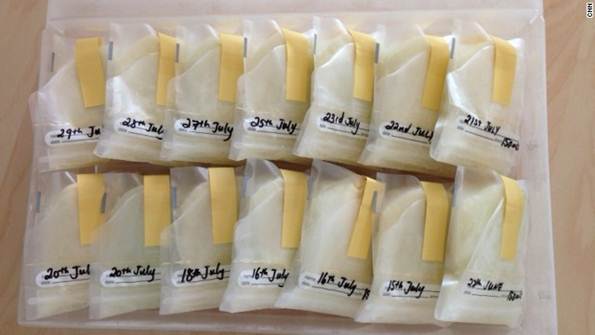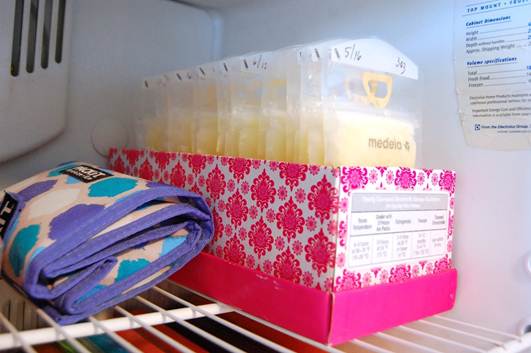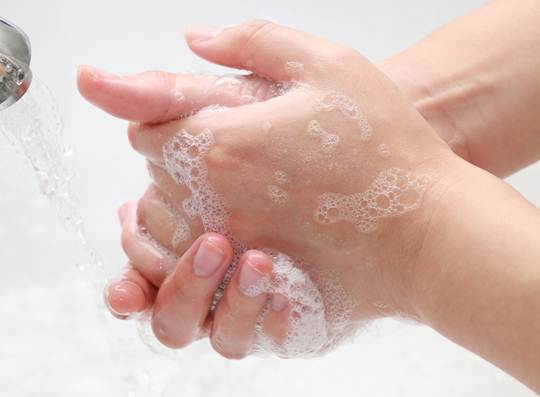
Breast milk provides a perfect source of nutrients for babies. The American Academy of Pediatrics agrees that breastfeeding can help protect babies from diseases, ear infection, colitis, Sudden Infant Death Syndrome (SIDS), and some kinds of cancer. However, breastfeeding is not always convenient, especially when you’re working, on vacation or in certain situations in which you don’t feel comfortable to breastfeed your baby (in public places). Freezing breast milk can allow you to increase the flexibility and freedom while preserving your baby receiving the perfect food of nature.

Freezing breast milk can allow you to increase the flexibility and freedom while preserving your baby receiving the perfect food of nature.
Things you’ll need
- Glasses or hard plastic bottle
- Labels
Instructions
Buy clean glass bottles, hard plastic bottles or plastic bags dedicated for freezing milk. Avoid using plastic bags that have been stored milk for a long time because they can cause leaking, spilling or get infected with bacteria more easily than glass and hard plastic bottles do. Breast milk can also get stuck in the plastic bags during the storing process, causing losses of some essential nutrients.
Pour in a bottle 2-4 ounces of breast milk. Each bottle should contain an amount of milk for one-time feeding. Store breast milk containing plastic bags in a plastic or glass box which helps prevent leaking while storing the milk. Leave 1 inch of space counted from the top of the box – breast milk can rise when being frozen.
Label boxes with baby’s name and dates. Place the boxes inside the fridge, in places that provide the lowest temperatures. Breast milk can be stored safely in the refrigerator freezer from 3 to 6 months. If you use chest freezer, breast milk can be stored in longer time – from 6 to 12 months.

Label breast milk containers with baby’ name and dates
Move boxes of frozen milk to the refrigerator the day before you plant to use it – breast milk need 24 hours to defrost completely. If you need to use the milk immediately, take the box out of the freezer and place it in a bow filled with warm water or under running warm water until it reach normal temperatures. Avoid defrost breast milk in normal temperatures, which can lead to the fact that bacteria develop in the milk.
Tips and warnings

Clean your hands before processing breast milk and containers.
- Before processing breast milk and milk containers, clean your hands with soap and water.
- Use defrosted breast milk in the 24 hours after that. Remove excess milk. Avoid freezing defrosted milk.
- Avoid storing breast milk in home plastic bags or one-time plastic bags.
